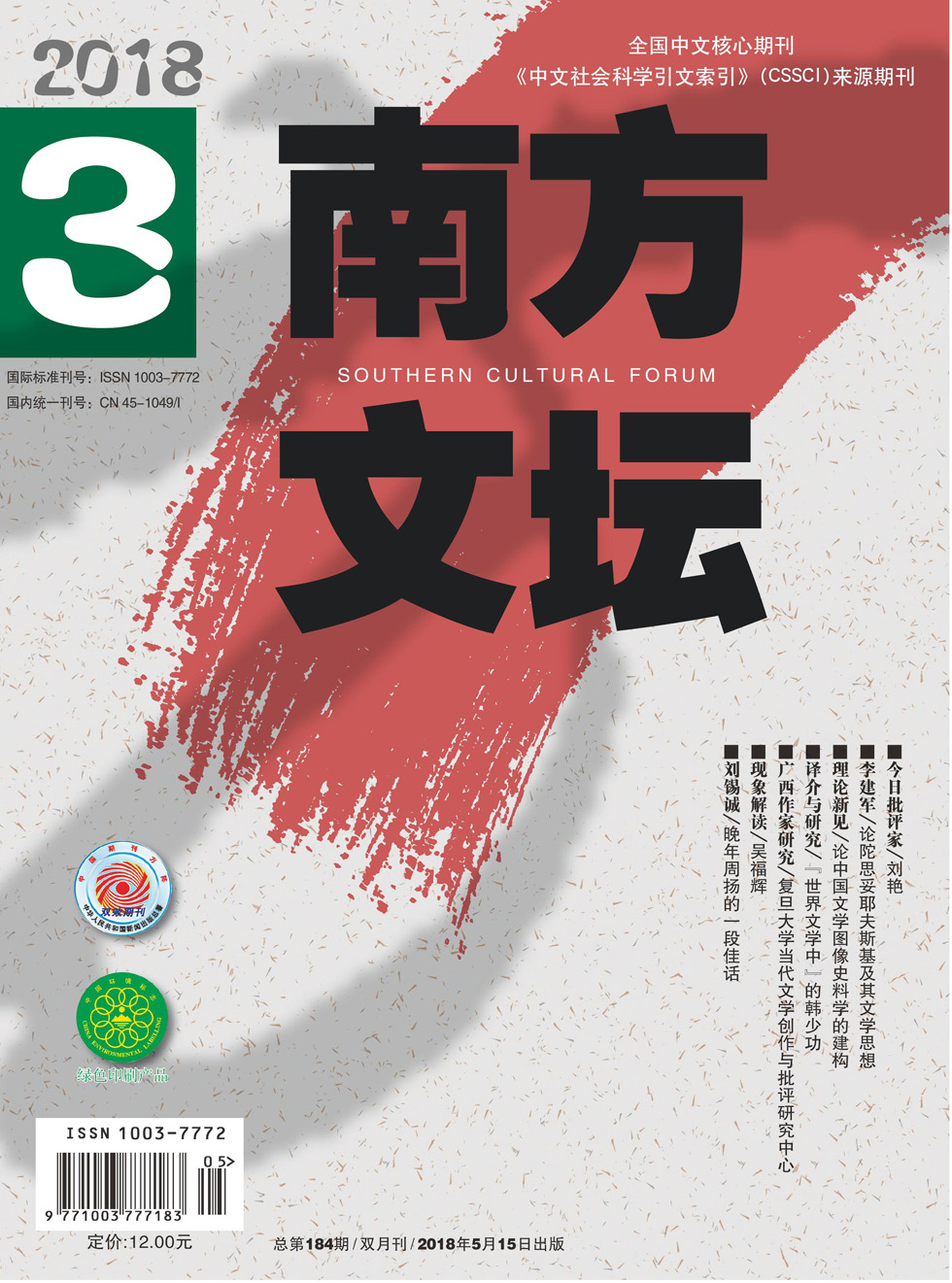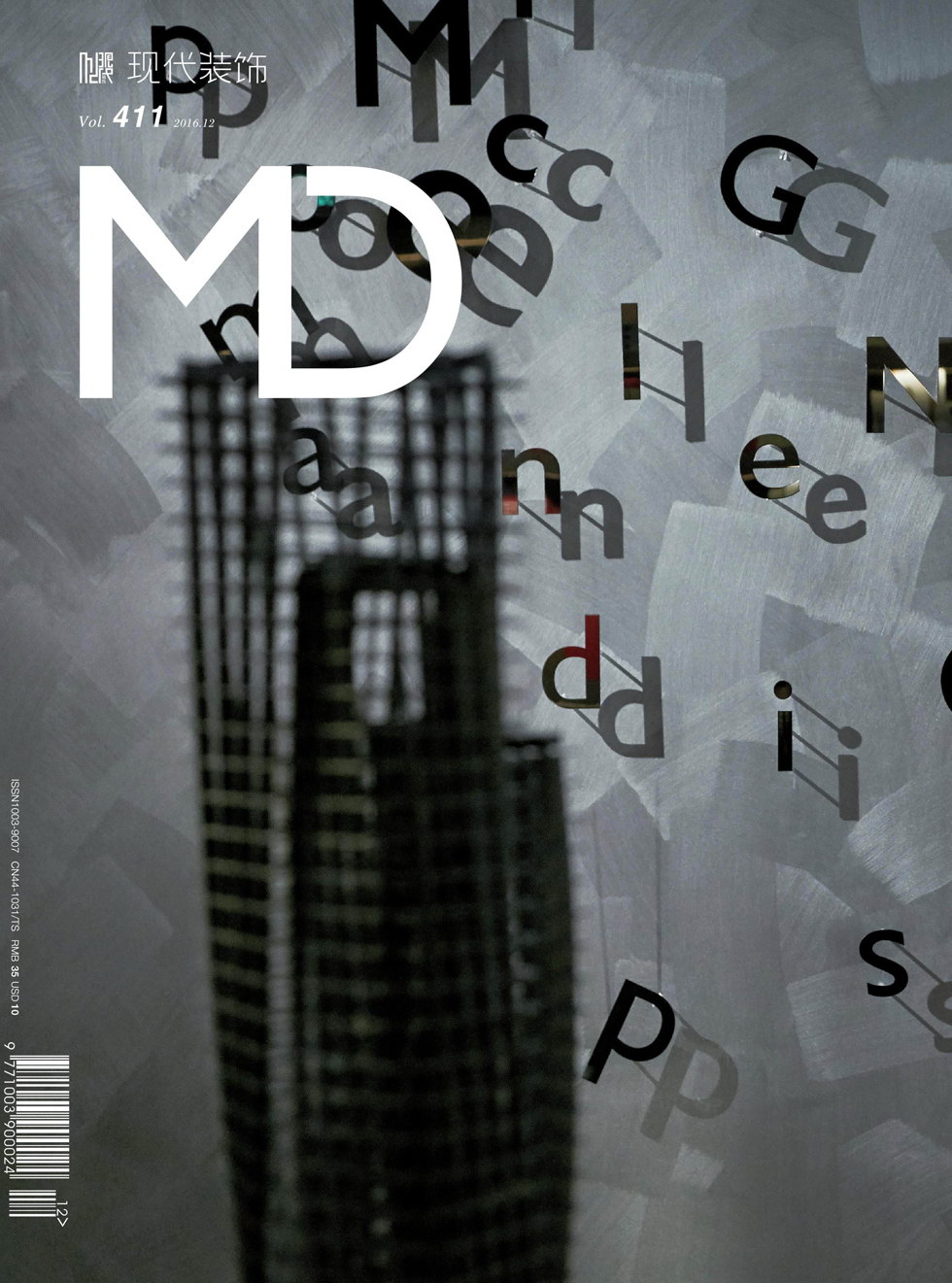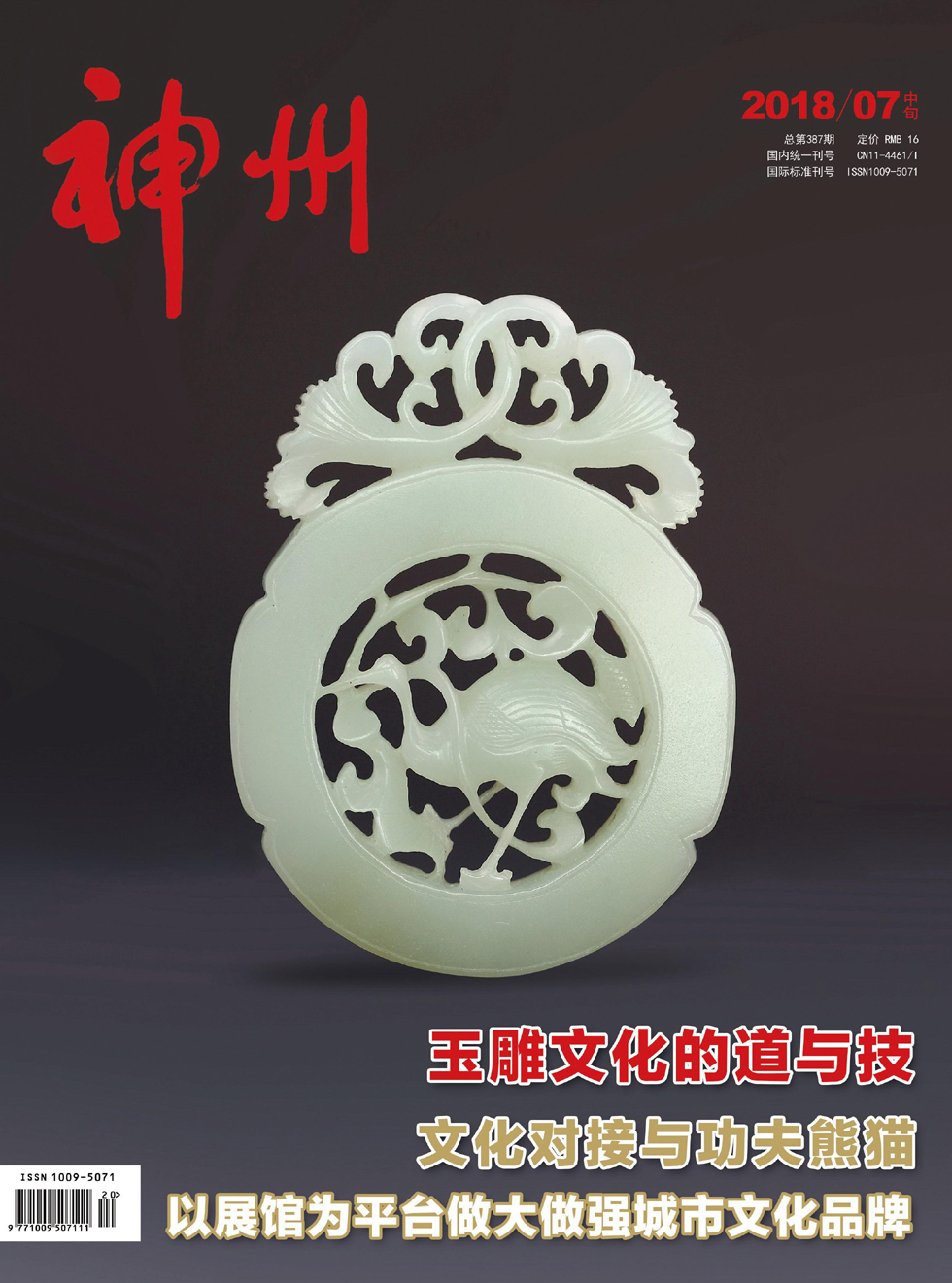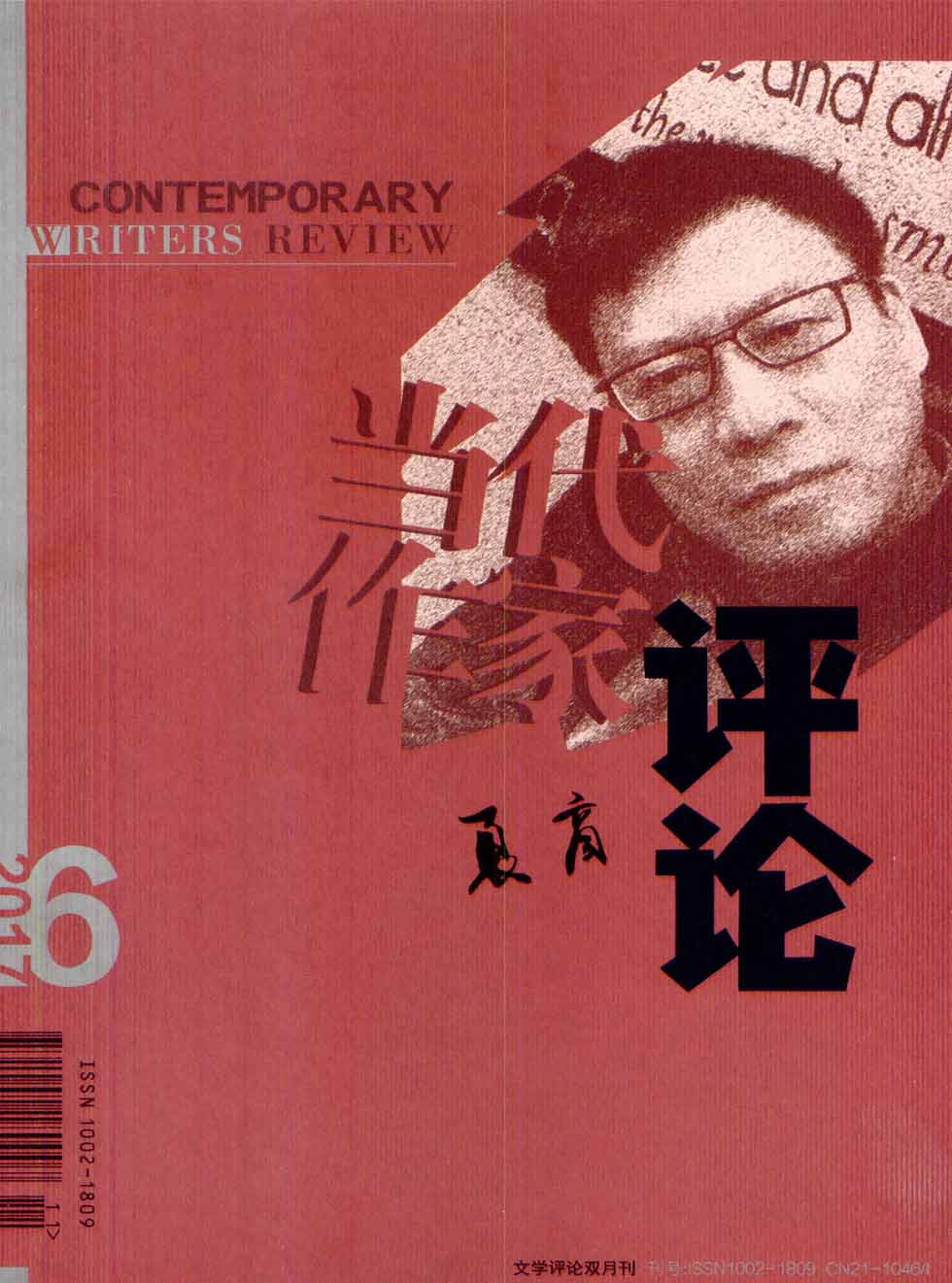The Specificity and Universality of Chinese and Western Politeness
摘要:礼貌是一种普遍存在的语用现象,但是由于文化、社会价值的差异,每种语言的礼貌又存在很大的不同。一些中国学者认为中国式礼貌具有自己的特殊性,西方的礼貌理论对中国是不适用的。本文通过对比英汉礼貌的异同,证明英汉礼貌虽然有诸多的不同,但是并没有必要将两者孤立而论。
关键词:英汉礼貌 特性 共性
Abstract:Politeness is a universal pragmatic phenomenon, but due to different culture and social value, the politeness of each language may be diverse. Some Chinese scholars argue for the specificity of Chinese limao(politeness) and maintain that Western politeness theories are not applicable in China. Through comparing the difference and common points between Western and Chinese politeness, we can conclude that despite so much difference, there is not a East-West divide in politeness.
Key words: Chinese and Western politeness, specificity, universality
1. Introduction
1.2 Leech’s Politeness Principle
Based on Brown & Levinson advanced the Face Theory or Face-Threatening Act(FTA), Leech (1983) postulates the Politeness Principle which consists of six maxims, including (1)tact maxim(in impositives and commissives),(2)generosity maxim(in impositives and commissives),(3)approbation maxim(in expressives and assertives),(4)modesty maxim(in expressives and assertives),(5)agreement maxim(in assertives),(6)sympathy maxim(in assertives).
1.3 Study of Politeness in China
Many comparative researches between Chinese and Western politeness strategies and principles have been done. Among them, the most influential and seminal one is Professor Gu Yueguo’s Chinese politeness principle. Gu modifies Leech’s PP and elaborates five maxims of Chinese politeness:(1) Self-denigration Maxim,(2) Address Term Maxim,(3) Refinement Maxim,(4) Agreement Maxim,(5)Virtues—words-deeds Maxim(Gu, 1992:11-14). Gu concludes that the self-denigration maxim is the most China-specific one.
2. Discussion
2.1 Addressing
Chinese way of addressing people is a typical manifestation of Gu’s self-denigration maxim which is also widely accepted. Usually the young, the inferior and the person with low social status should respect the old, the superior and those with high social status. In Chinese language, elder people are often respectfully addressed as “Lao Zhang” or “Zhang Lao” which is, however, very disrespectful in Western culture, as “lao(old)” is the symbol of incapability and weakness.
In the self-denigration maxim, Gu points out that the realization of self-denigration is by using self-referring words and other-referring words.“贵姓” and “您” are still commonly used now. The differentiation of “你” and “您” is similar to that of many other languages, such as tu-vous(French), du-Sie(German) and TBI-BBI(Russian).
2.2 Privacy
For Chinese people, personal information like age, marriage, family, profession even income are naturally open to their acquaintances. However, asking Western people personal information are considered impolite. An American living in Beijing quadrangle dwelling was once amazed by his neighbour. He had a quarrel with his wife in the morning. When he went work, his neighbour asked him about it and tried to make peace. He felt bit uncomfortable about the neighbors’ interference with his privacy. But longer as he lived there, he found that, to many Chinese, the concept of privacy is different from that in Western society and “interference” with neighbor’s affairs is manifestation of kindness.
However, we can not say that privacy is West-specific. Chinese people also pay attention to their privacy. As a Chinese proverb goes, “Domestic shame should not be made public(家丑不可外扬).” Unpleasant things and economic affairs are considered privacy by Chinese people thus should keep secret.
3. Conclusion
It can’t be denied that politeness is culture-specific. As the above comparison about addressing, privacy is only between Chinese and English politeness. Here, a tentative conclusion which could be made is that, despite so much difference of politeness behavior and strategy, Chinese limao and Western politeness do share a lot in common. As Leech has concluded, there is no East-West divide in politeness. But a cross-cultural awareness should be built in cross-culture communication, that is accepting and respecting the politeness of the other culture, thus avoiding pragmatic failure.
References:
[1] Gu, Yueguo. 1990. Politeness Phenomena in Modern Chinese. Journal o f Pragmatics, 14 (pp. 237-257).
[2] Leech, Geoffrey. (2005). Politeness: Is There an East-West Divide? Journal of Foreign Languages, 6 (pp. 3-31).
[3] Leech, Geoffrey. (1983), Principles of Pragmatics. London: Longman.
[4] Mao, Luming. 1994. Beyond Politeness Theory: ‘Face’ Revisited and Renewed, Journal of Pragmatics, 21 (pp.451-486).
[5] 顾曰国. 1992. 礼貌、语用与文化. 外语教学与研究 (4).
作者简介:张玲(1988-),女,汉族,云南玉溪市人,英语语言学硕士研究生,单位:云南师范大学,研究方向:外国语言学及应用语言学。
















